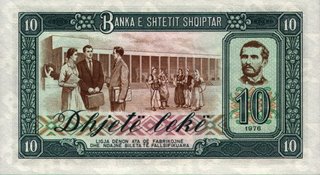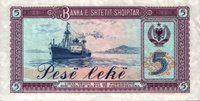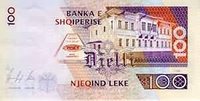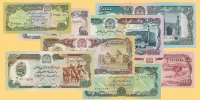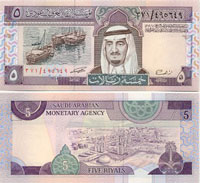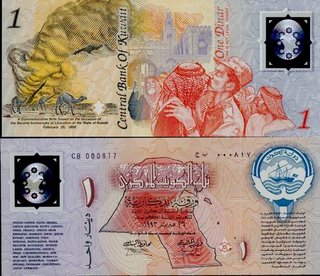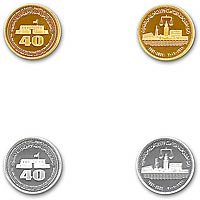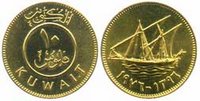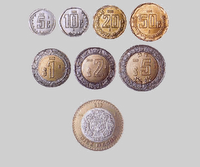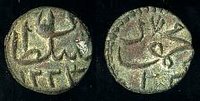
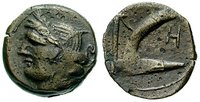
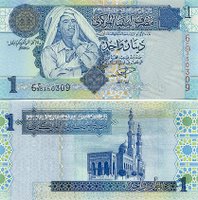
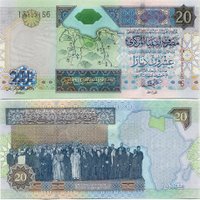
The Libyan dinar is the official currency used in Libya. Denoted by LYD, one Libyan dinar can be divided into 1000 Libyan dirhams. During the time Libya was still a part of the Ottoman Empire, the country used the Ottoman Empire currency, piastres. When Italy started taking over, the lira was introduced. The introduction of the lira sparked the trend of using a different currency for different territories. At one point, the lira, Algerian franc and Egyptian pound were used nationwide. When Libya gained its independence in 1951, the Libyan pound was introduced. In 1971, the Central Bank of Libya introduced the nation's existing currency: the Libyan dinar. Today, the Bank supervises the banking system and regulates credit. In 1972, the Libyan Arab Foreign Bank was established to deal with matters pertaining to overseas investments
